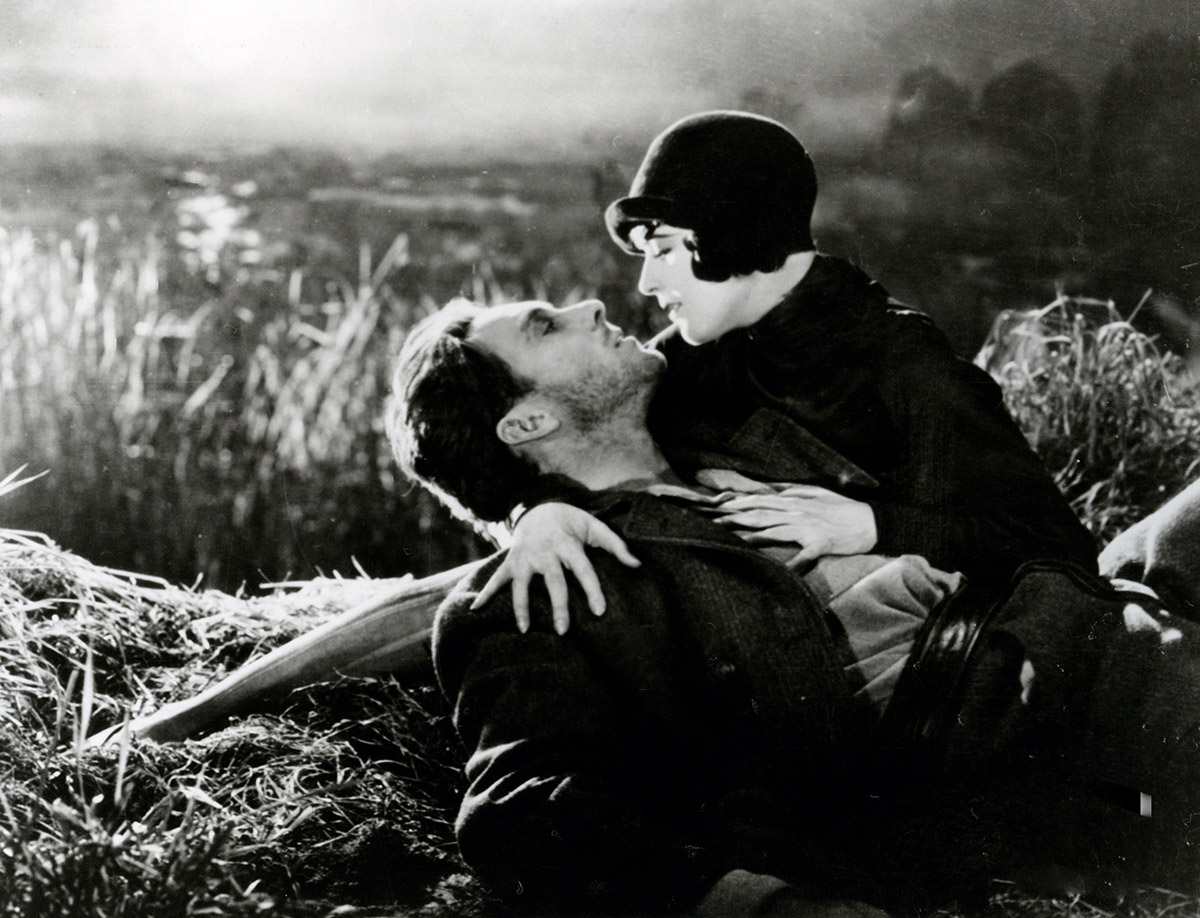Screening with A Day after a Hundred Years and Swim and Swim
^Pre-screening Introduction


Dir: F. W. Murnau
DP: Charles Rosher, Karl Struss
Cast: George O’Brien, Janet Gaynor, J. Farrell MacDonald
For Fox Film Corporation’s first Movietone sound feature, Murnau kept on his silent film style with a musical score and partial sound effects. Beguiled by a girl from the city, a farmer plots against his wife. Realising his lapse of judgement later, he makes up with his wife, only to face their real challenge in the form of a storm. The square-like aspect ratio and the German Expressionist lighting, photography and framing create stark contrasts between the gloomy countryside and the affluent city, and the evil and the good. Sunrise: A Song of Two Humans is the 1st Academy Awards winner of Unique and Artistic Picture and Best Cinematography, and Janet Gaynor won her Best Actress in a Leading Role for her performance.
Movietone Sound-on-film
Invented by American Theodore Case in 1925, it was one of the earliest sound film technologies. Case and his assistant Earl Sponable worked with Wall Camera Corporation to rebuild a single-system camera to record the sound as a variable-density optical track on the same strip of film that records the pictures, with the sound track starting 37mm further down the strip to achieve sound-picture synchronisation. Leaving room for the sound track means that the frame aspect ratio is reduced to 1.16:1. The 24 frames-per-second standard filming and projecting rate is still used today. Rights to this system are later acquired by Fox Film Corporation for its production of feature films.